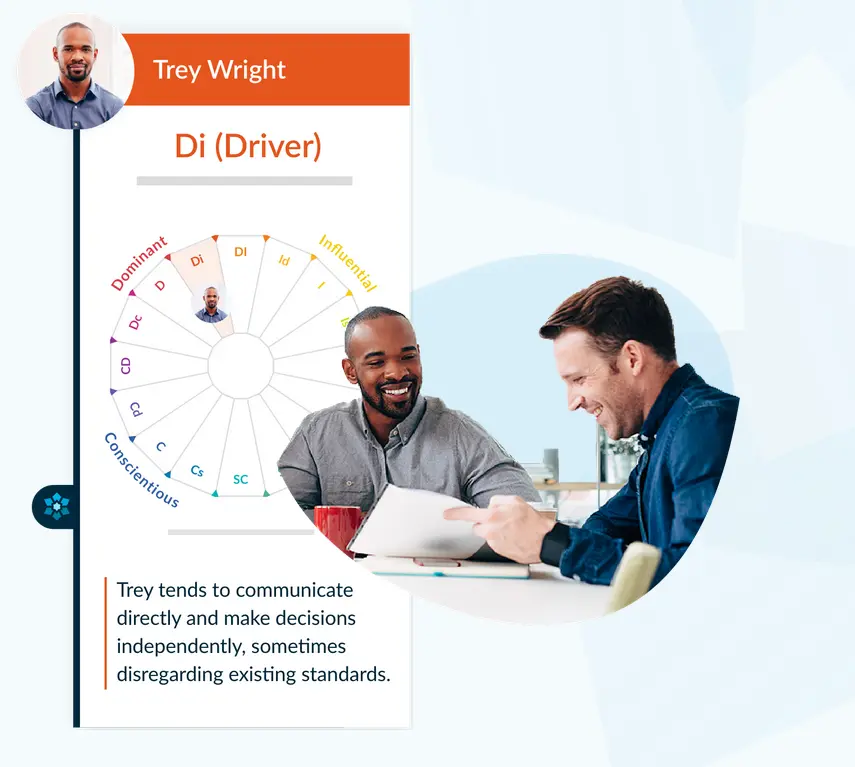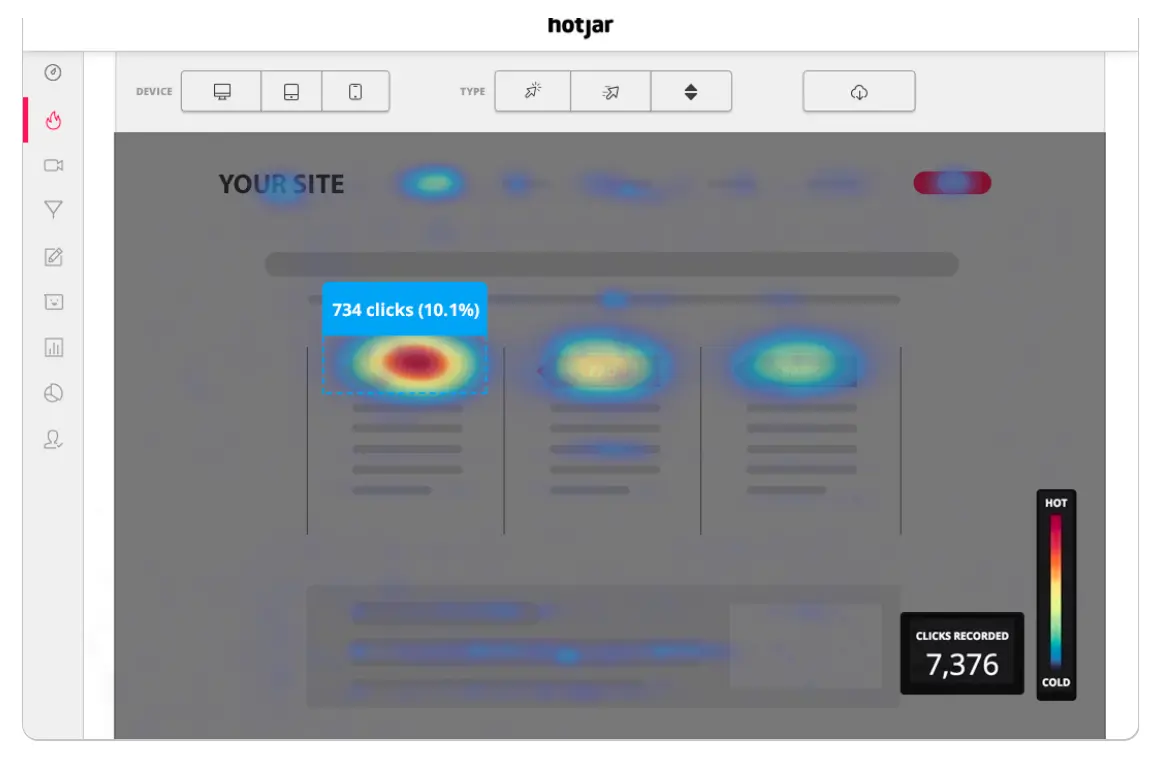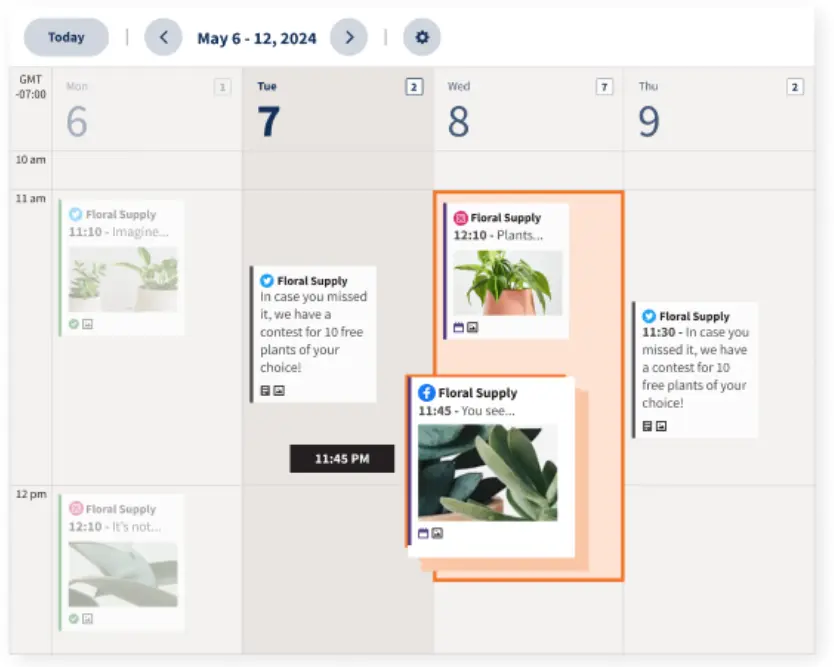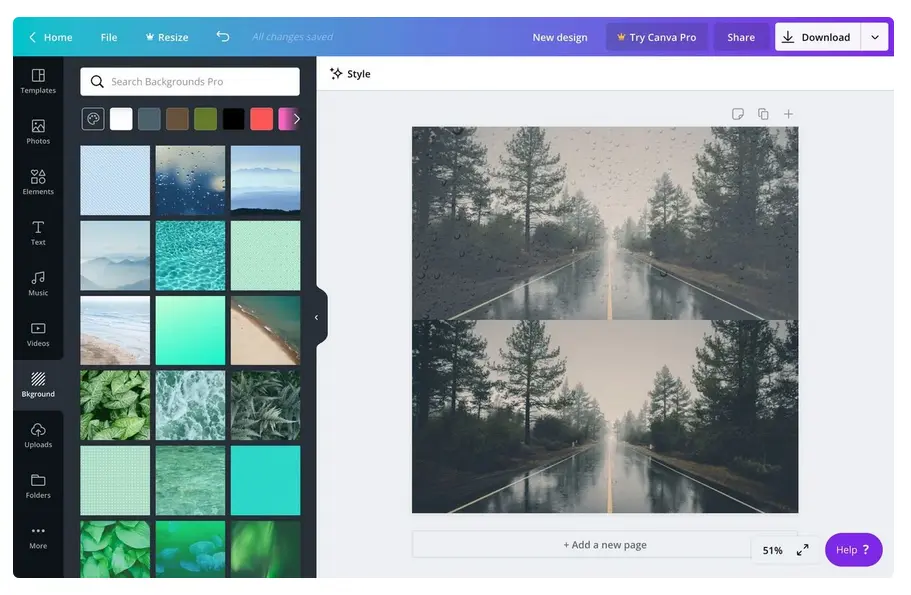
So you’re an awesome new startup business. You’ve just launched and you’re ready to start your growth journey from 100 to 100,000 users and beyond. You’ve got a killer product or service, an outstanding user journey and incredible design. But how do you get the word out there to your target audience? Especially if your budget is limited and you can’t afford to pay a marketing agency?
We have some top suggestions of free marketing tools for startups which you can use to promote yourself as you’re starting out. Some are new, others are well established, but if used well, they’re all highly effective.
1. Get to know your audience better
Before you even begin any marketing activity, it’s important to get to know your target users. If you haven’t already, a good place to start is the creation of audience personas i.e. characters which embody all of the traits of a given audience group, including elements related to their background, behaviour, desires, income, work and general life situation.
CrystalKnows - Here’s where CrystalKnows might come in useful. This marketing tool describes itself as the first on-demand personality insights platform for every prospect. It uses DISC (a behavioural framework) to help you evaluate your prospects based on the demographics displayed in their profiles.

How do you get started? Find a couple of LinkedIn profiles which you know are your perfect target audience and run the software on their profiles. You’ll immediately get a deeper insight into their communication preferences, and even some suggested templates on how to write them an initial approach email.
GoogleAnalytics - The grandfather of all analytics tools is still the easiest and most powerful way to get insight into your users. Once your first users or customers begin to appear on your website, check out where they’re coming from, which pages they ten to visit or exit from, how long they spend on given pages and more. All of this will give you valuable information about the channels to use in order to reach out to them.
2. Optimise your website
As you begin to get more customers, you’ll be able to run tests to optimize the user journeys on your website and to drive CRO - conversion rate optimization. With a limited number of users, your best bet is to begin with a platform such as HotJar, but once you reach higher numbers of users, you’ll be able to create more indepth A/B tests.
HotJar - This platform gives you useful heatmaps, which will allow you to see how users are really experiencing your site. Aside from heatmaps, you can access recordings of exactly what your users see, you can see at what stage they’re dropping off and how they’re interacting with the layout of each page.
Why is this useful? It will allow you to play around with your information hierarchy, your user journeys, and the positioning of your calls to action to make for a truly seamless user experience. HotJar offers a free trial so you can see exactly how it works for your product!

UsabilityHub - Once you get more users, UsabilityHub is a valuable tool to try. It’s a remote user research platform that takes the guesswork out of design decisions by validating them with real users. The UsabilityHub platform offers a comprehensive suite of testing tools that helps you uncover design issues early, preventing wasted time, effort and user frustration.
One of the most fascinating tests that it offers is the 5 second test, with which you can test the value proposition on your homepage to find out whether your target demographic actually knows what its about.
You can sign up for some free basic tests to check whether it works for you!
3. Start email marketing
If you think that email marketing is likely to work for your product, Mailchimp is a great tool with which to get started. MailChimp is simple to get to grips with and offers free email templates and customisable signup forms. You’re also able to track the performance of your campaigns with built-in reports which give you useful statistics such as open and click through rates.
The free plan is fantastic for startups. It allows you to send emails to an audience of up to 2,000 contacts and to create your first forms - perfect for Startups!
4. Manage your Social Media campaigns
Once you’ve set yourself up on all the relevant social media platforms, it's important to manage them effectively so that they become lead generators. You might think that this is easier said than done if you have a small team. But the key to everything is having a calendar which enables you to plan your content in advance, optimise posting times and take the pressure of being constantly ‘on it’.
Enter HootSuite, a platform which gives you the opportunity to do exactly that, as well as analyzing the performance of your best posts, helping you manage interactions with followers, promote your organic content and manage paid ads. Why not take up the 30 day free trial and give it a go?

5. Create your own designs and landing pages
Don’t have an internal designer? No problem. For all your social media design needs, Canva has the answer. It is a free graphic design platform used to create social media graphics, presentations, posters, documents and other visual content. The app already includes templates for users to use.

If you need to create a landing page fast, it’s worth trying out Umso, which brands itself the website platform for startups. It’s perfect for when you’re promoting a new product or if you want to test out new content approaches. Again, there are plenty of templates to help you out and you can upload all your own graphics.
6. See what the competition is up to
Want to find out more about what your competition is up to? Where are their referrals coming from? What campaigns have they recently run? Try out the free version of SimilarWeb - a website traffic intelligence platform which gives you the insights you need to try out some effective strategies of your own.
And there you have it - all the essentials that you should have in your toolbox to make sure that you’re giving your digital product the best possible chance to succeed! Now onwards to the first 10,000 users!



